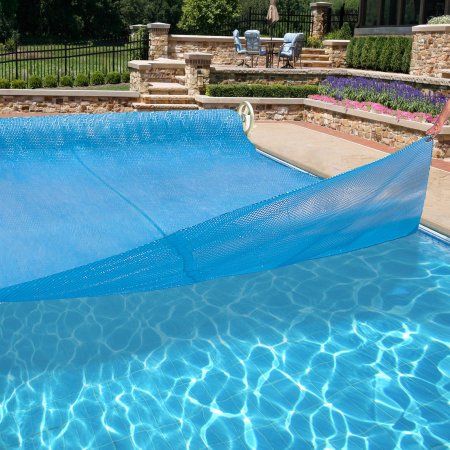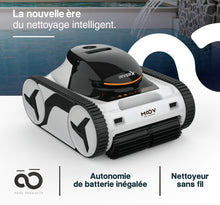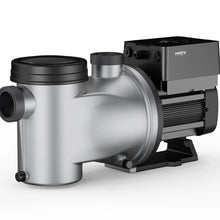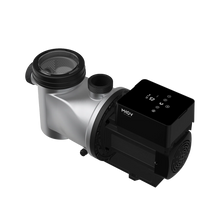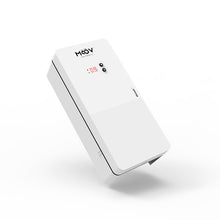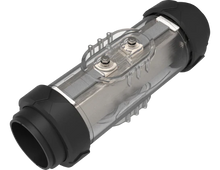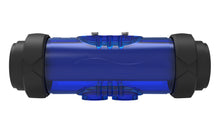🧪 Stabilizer in your pool: essential… but to be monitored closely
Stabilizer protects chlorine from sunlight, but too much can block its effectiveness. Find out why stabilizer is useful and how to avoid problems.
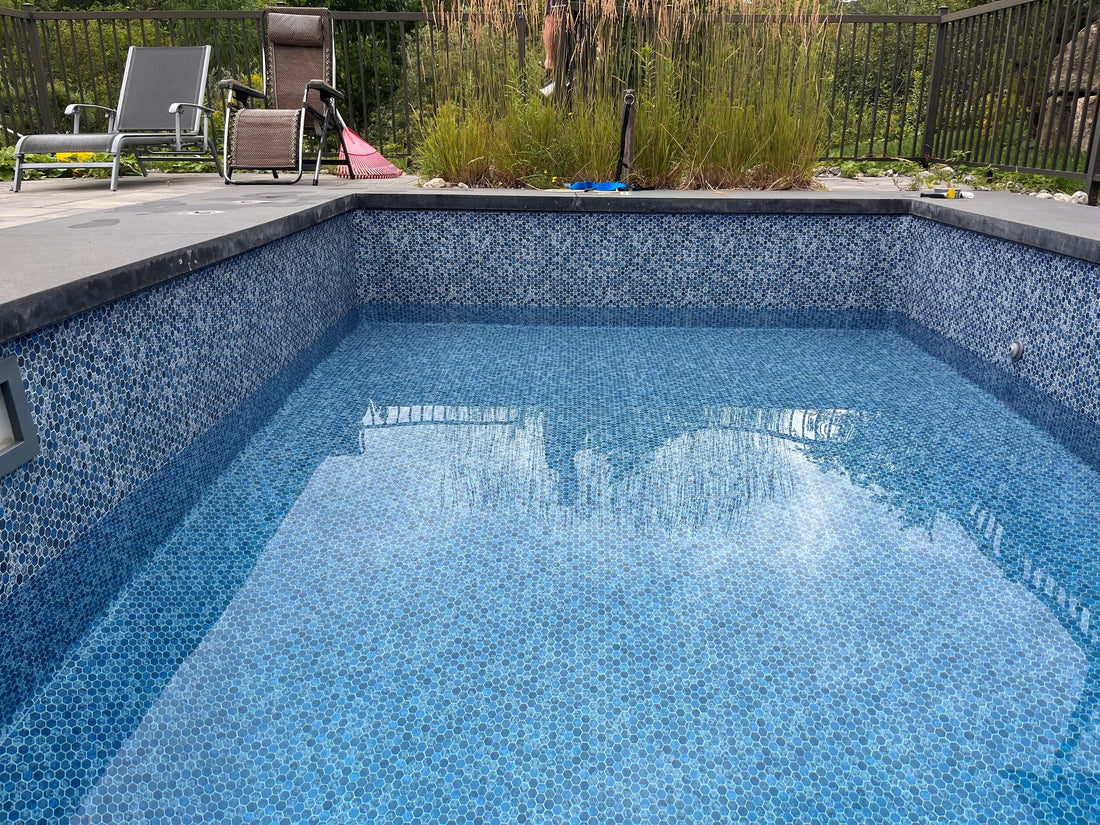
Stabilizer (also called cyanuric acid ) is an essential product in pool water maintenance, especially in summer . It protects chlorine from the sun's UV rays... but in excess, it can impair the effectiveness of disinfection .
Here's why stabilizer is both useful and potentially problematic , and how to manage it well.
✅ Why stabilizer is good for your pool
The stabilizer acts as a sunscreen for chlorine :
-It protects free chlorine (the one that disinfects) from degradation by UV rays .
-Without stabilizer, up to 90% of chlorine can be destroyed within hours in direct sunlight.
-It therefore allows to reduce chlorine consumption and to maintain constant disinfection , even in hot weather.
👉 Ideal for outdoor pools exposed to the sun , especially during heat waves.
⚠️ But be careful: too much stabilizer becomes a problem
When the stabilizer level is too high , it blocks the action of chlorine , even if the latter is present in sufficient quantity.
Consequences of an overdose:
-Chlorine becomes ineffective : the water may be clear but poorly disinfected
- Algae proliferation despite correct chlorine levels
-Difficulty clearing green or cloudy water
-Progressive accumulation (the stabilizer does not evaporate)
💬 This is sometimes called "chlorine lockout" .
🎯 What is the right stabilizer rate?
-🌡️ Ideal: 30 to 50 ppm
-🔺 To watch: above 70 ppm
-❌ To be corrected: beyond 100 ppm
For salt pools, it is generally recommended to stay below 60 ppm .
🧽 How to correct a stabilizer level that is too high?
Unfortunately, there is no product to reduce the stabilizer . You must:
- Partially drain* the water (25 to 50% depending on the measured rate) *Refer to a specialist before draining.
- Refill with water without stabilizer
-Avoid adding stabilized chlorine (trichlorine or dichlorine type)
💡 Tip : Use liquid chlorine (sodium hypochlorite) or unstabilized chlorine if your stabilizer level is already high.
📌 In summary
| Stabilizer (cyanuric acid) | Well if… | Problematic if… |
|---|---|---|
| Protects chlorine from the sun | Between 30 and 50 ppm | Exceeds 70-100 ppm |
| Reduces chlorine consumption | Water exposed to the sun | Ineffective chlorine, risky water |
📍 Have your water tested at Piscines Geyser to find out your stabilizer level.
Our team will advise you on the right products to use to maintain a perfect balance throughout the season.
